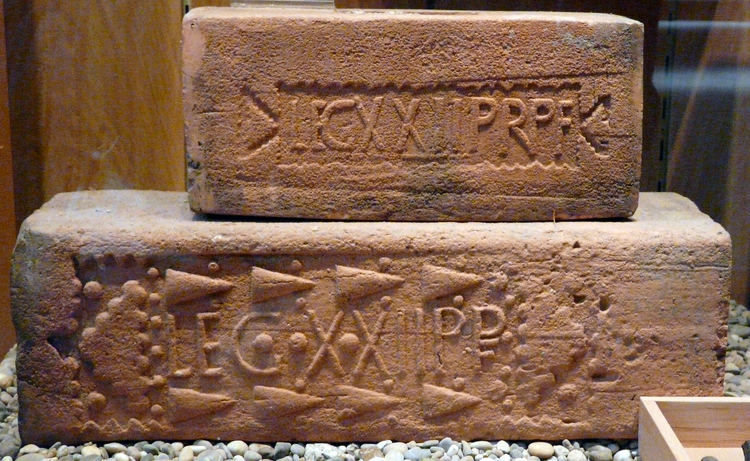Flaunting your wealth to demarcate your social status is, of course, nothing new.
Before Birkin Bags and Bugattis, we had reams of fabric - and buttons. There were even laws proscribing how many precious buttons people from specific classes could wear to avoid any possible confusion between different social strata.
Back in the 18th century, you could brag-by-button.
The above miniature artworks by Josiah Wedgwood & Sons were entirely ornamental - and must have been a great conversation starter.
“…perhaps the most interesting thing about buttons is that they have always been more than just a way to unite two strips of cloth. In the 18th century, their function was almost entirely cosmetic: the richest people of the time had a sort of open challenge as to who had the most important, expensive buttons sewed on their cuffs, as if they were medals. They would commission the best artisans and painters to decorate them.” - Franco Jacassi, button collector, in Vice
Another fascinating fact shared by Jacassi is that buttons were a mostly male accessory at first. Buttons implied easy access - and in the Middle Ages women weren’t supposed to be accessible at all.
Today, observe what the buttons you see are signalling about the wearer.
This could be anything from
“I’m way too busy to fuss about details like buttons” to
“Everything I wear has to be colour-coordinated and the perfect design”.
Of course you can’t just go up to people with your camera and photograph their buttons. You’d have to get too close for comfort.
But you could ask. About their buttons. And explain that it’s not a cheesy chat-up line but that you’re actually, really, spotting special buttons today. And then maybe they’ll let you in to their personal space - and allow you to take a picture of their particular buttons too.
If you can get your hands (eyes) on ornamental button collections then by all means go for it. Admire them, capture them and share your finds using the hashtag #kramerseye on Instagram or Twitter - and do follow @kramerseye for daily updates.






